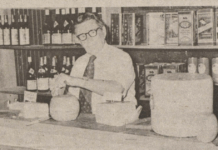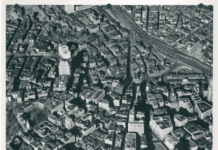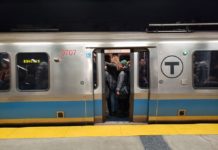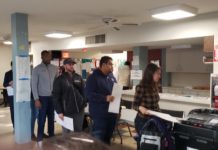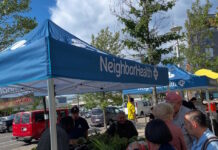By MATT ROBARE
SPECIAL TO EASTBOSTON.COM
It’s not news that Boston has a traffic problem.
Despite the fact that the Omicron wave again delayed most employees returning to the office, traffic has roared back to pre-pandemic levels and beyond and back to some of the worst in the country.
Not helping are the service cuts the Massachusetts Bay Transportation Authority enacted in 2020 or an ongoing shortage of bus and train operators to keep things going even if the service cuts had been reversed. Ridership has recovered, but only to about half of what it was before Covid. This means that more people are driving and more people are using rideshare services like Uber and Lyft, so even more trips are getting done by car.
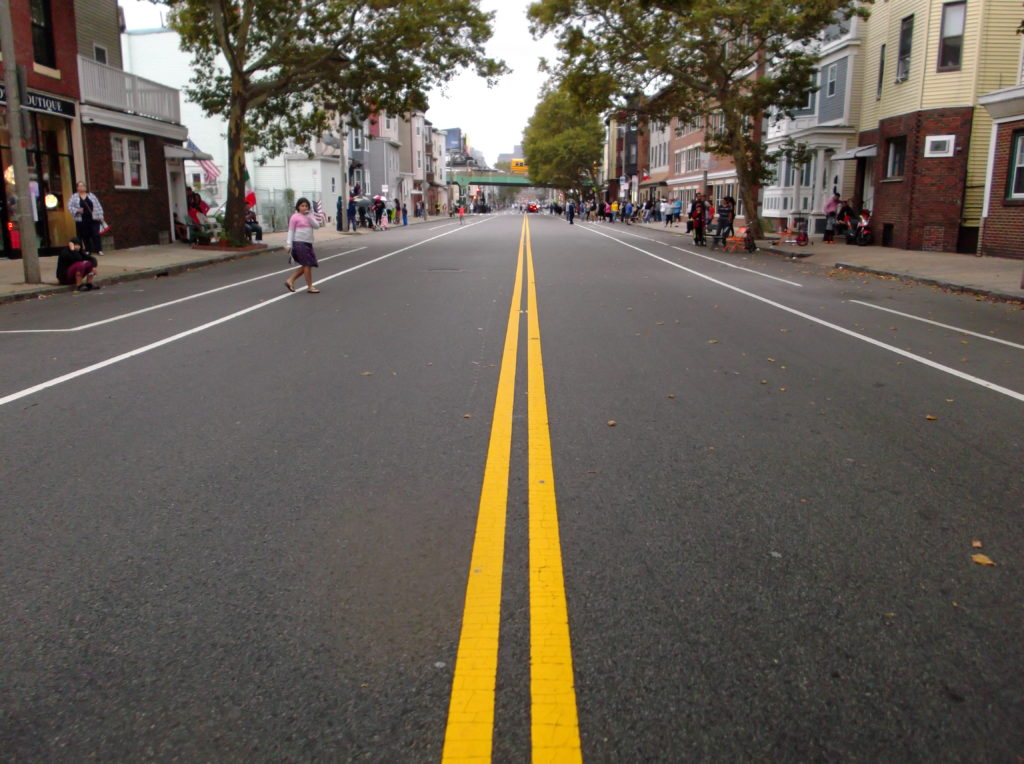
New Boston Mayor Michelle Wu has plans on tackling these problems, some of them better than others. She also appointed Jascha Franklin-Hodge as Chief of Streets back in December. He inherits many initiatives only partially begun by Marty Walsh and Kim Janey, such as the Neighborhood Slow Streets program and expanding the bike lane network.
So far, however, Wu’s biggest efforts have been spent on making the T free. A pilot allowing people to ride the Route 28 bus from Ruggles to Mattapan for free was extended to the end of February and will then use $8 million in federal funds to make Routes 28, 23 and 29 fare free for two years.? ? While not the worst transportation policy in the world, it has two glaring flaws, in my opinion. Firstly, the Massachusetts legislature has never cared about fully funding the MBTA or any other regional transit agency and the federal government always seems less than forthcoming with money. Secondly, it compromises the T’s independence from politics. It’s all too easy to imagine a city or town withholding vital money in exchange for some concession or trying to force the T to run a circuitous, low-ridership route to please some constituency. Most European agencies are far more independent, for example, or have other dedicated revenue streams (for example, the London congestion charge funds Transport for London), and even then they still charge fares.
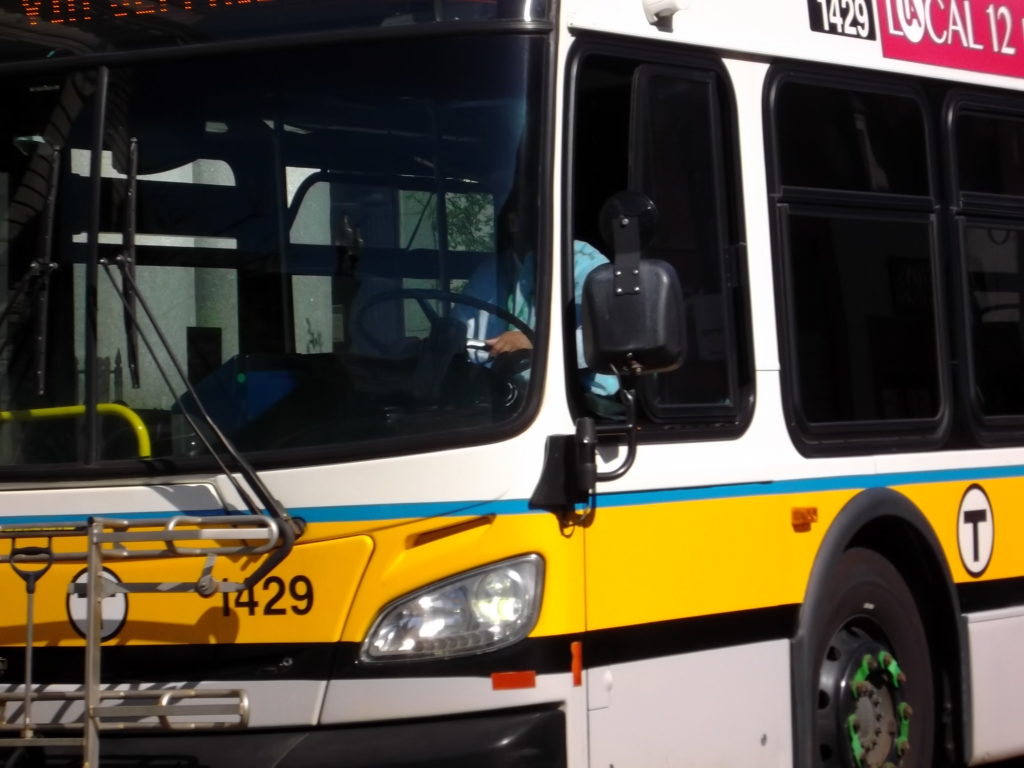
According to Wu’s campaign website, the mayor also wants to build out the cycling network, improve bus service, add more traffic calming infrastructure, expand sidewalks, investigate congestion pricing and manage curb space for rideshare and deliveries.
It’s undeniable that Boston needs these things. Time and again, it’s been shown that safe, practical cycling routes are key to encouraging people to use bicycles as a means of transport and they not only make driving safer and ease congestion, but cyclists end up with more disposable income to spend in local stores.
The City of Boston has a cycling network plan, adopted back when Tom Menino was mayor, but it was neglected under Walsh. One thing Wu should make a priority is improving cycling connections to Cambridge. Many cyclists have said they feel unsafe on the bridges over the Charles, especially the Harvard Bridge. As a pedestrian I know I feel unsafe crossing Commonwealth Avenue where it meets the Boston University Bridge.
One thing the Wu administration could look into to improve pedestrian safety is follow the lead of New York (and Watertown, for that matter) in adopting raised crosswalks, which are crosswalks with a mound of asphalt across the road. These not only improve pedestrian safety by encouraging cars to slow down, they make people more visible to drivers. They are an especially welcome contrast to the sidewalk ramps that have been installed over the years, which frequently flood in the rain or when the snow melts in spring. It is also worth investigating closing some streets to cars entirely, allowing more walking and outdoor dining options. Even if the pandemic restrictions end, outdoor dining was a huge success. Some streets don’t need to be closed, but can be narrowed, like Charles Street near the Common, which is very wide and fast.

The traffic calming program begun under Marty Walsh, the Neighborhood Slow Streets program, should be continued. One big emphasis on pedestrian safety should be focused on ensuring that children can walk to and from school safely. The program has been both popular and effective, according to The Dorchester Reporter.
One more important thing the administration can do is starting looking into whether or not it would be feasible for the city to take over clearing snow from sidewalks. This is currently the responsibility of property owner and gets done inconsistently around the city. Many elderly homeowners can neither shovel themselves nor afford to hire someone to do it.
Streetsblog interviewed Franklin-Hodge and asked how a human-centered approach would apply to designing Boston’s streets. He noted that the city is “starting to re-think some of the priorities that are embedded in the way we design and build and operate our streetscape, and making sure we’re listening to and talking to and building for people who walk, people who bike, people who take the bus . . . There’s some work to think about how to use data where we have it and let it help tell us a more complete story. But we also need to be really wary of where data misses the human side.”
Making Boston’s streets safer and better for drivers, cyclists, pedestrians and public transit riders is a big task and one that is not likely to go smoothly. But the need for safe, reliable and sustainable transportation is not going away. The needed tools and strategies have been tested and piloted in many cities around the world. If deployed properly and without the distraction of making the T free, these tools and strategies can make Boston a national leader in transportation.

Also by Matt Robare on EastBoston.com
New urban thinking: Taking a look at a 15-minute neighborhood December 24, 2021
Why abolishing the BPDA is a bad idea December 21, 2021



